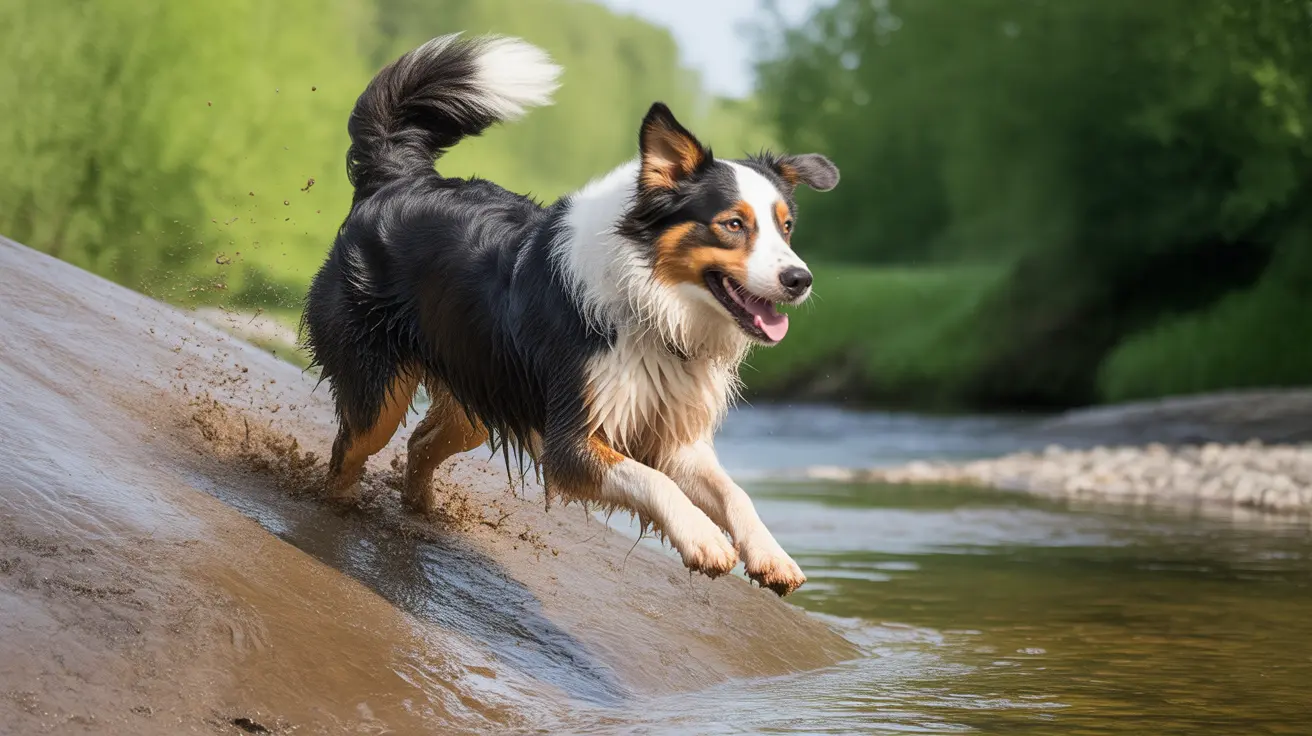What Dogs Are Really Thinking: Inside a Dog's Mind
Understanding the way dogs think helps deepen our bond with them and optimize their well-being. The field of dog cognition examines how dogs perceive, process, and respond to the world. While their brains differ from ours, dogs exhibit fascinating cognitive and emotional capabilities shaped by evolution, social interactions, and training.
What Drives a Dog’s Thoughts?
Dogs primarily live in the moment. Their immediate concerns revolve around:
- Seeking food and pleasure
- Ensuring safety and avoiding threats
- Interacting socially with humans and other animals
- Responding to environmental stimuli like sights, sounds, and smells
- Solving simple problems, often with human guidance
They are not prone to deep reflection on the past or advanced planning for the future, though memories of past experiences do shape behavior patterns.
How Dogs Perceive Their Environment
A dog’s mental world is rich in sensory information. They rely on:
- Keen sense of smell to interpret surroundings
- Acute hearing to detect sounds beyond human capabilities
- Wide field of vision to monitor movement and activity
These abilities influence actions such as avoiding an area due to an undetectable odor or reacting to high-pitched noises we cannot hear.
Social and Emotional Complexity
Dogs are deeply social beings. They form attachments with humans and other pets, displaying behaviors that suggest a wide emotional range including:
- Excitement
- Fear
- Joy
- Anxiety
- Jealousy
They can interpret human body language, gestures, and tone of voice, allowing effective cross-species communication. Some dogs are especially capable of attuning themselves to their owner's emotional states.
Learning and Problem Solving
Dogs learn through:
- Classical and operant conditioning
- Observational learning from other dogs or people
- Social referencing—relying on human cues in uncertain situations
Puppies and adults alike rapidly acquire new knowledge when it's paired with reward-based training or play. Some dogs demonstrate problem-solving skills involving navigation and object manipulation, especially when guided by humans.
Language and Memory Capabilities
Dogs understand a modest amount of human language. While most can remember simple commands, some gifted dogs can learn hundreds of words.
- They use multisensory mental imagery to identify objects by name.
- They show episodic-like memory—recalling and repeating past actions when prompted.
- They may engage in fast mapping, connecting new words to objects quickly, similar to toddlers.
Deception and Self-Awareness
Research shows dogs may exhibit deceptive behaviors (e.g., hiding treats from other dogs), indicating a degree of theory of mind. While not fully self-aware like humans, some dogs show signs of recognizing their own actions in context.
Influences on Canine Intelligence
A dog’s brain development and intelligence are shaped by:
- Genetics and breed-specific tendencies
- Quality of training and social exposure
- Environmental enrichment
Measurable variations in canine 'g factor' (general intelligence) show that some dogs excel in memory, self-control, and problem-solving more than others.
Do Dogs Feel Guilt?
Dogs may exhibit guilty expressions, but these often stem from anticipating punishment, not moral awareness. Emotional behavior should be interpreted within context and not anthropomorphized.
Conclusion
Dogs experience a vibrant inner world centered on present-moment needs, informed by senses, training, and emotional bonds. Though they differ from humans neurologically, their social cognition, emotional sensitivity, and adaptive learning abilities underscore the depth and richness of their mental lives.





